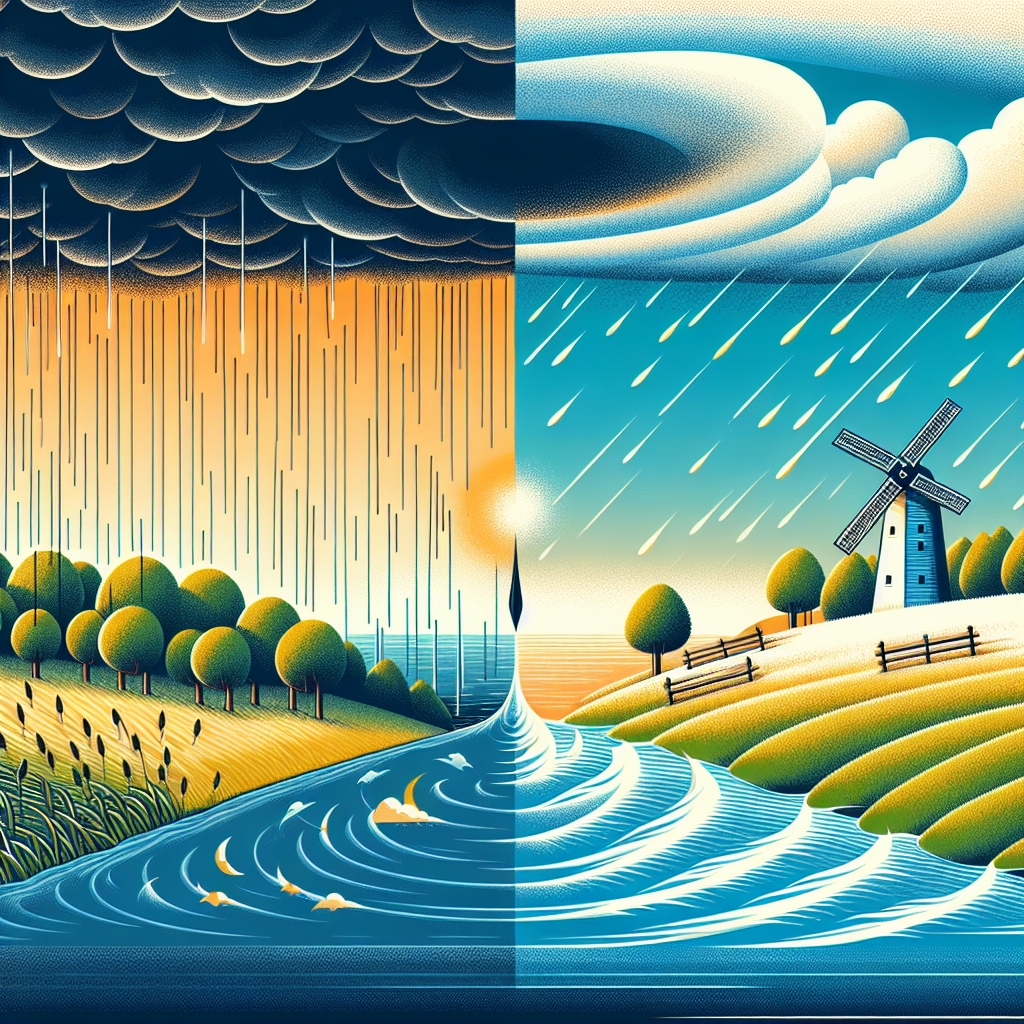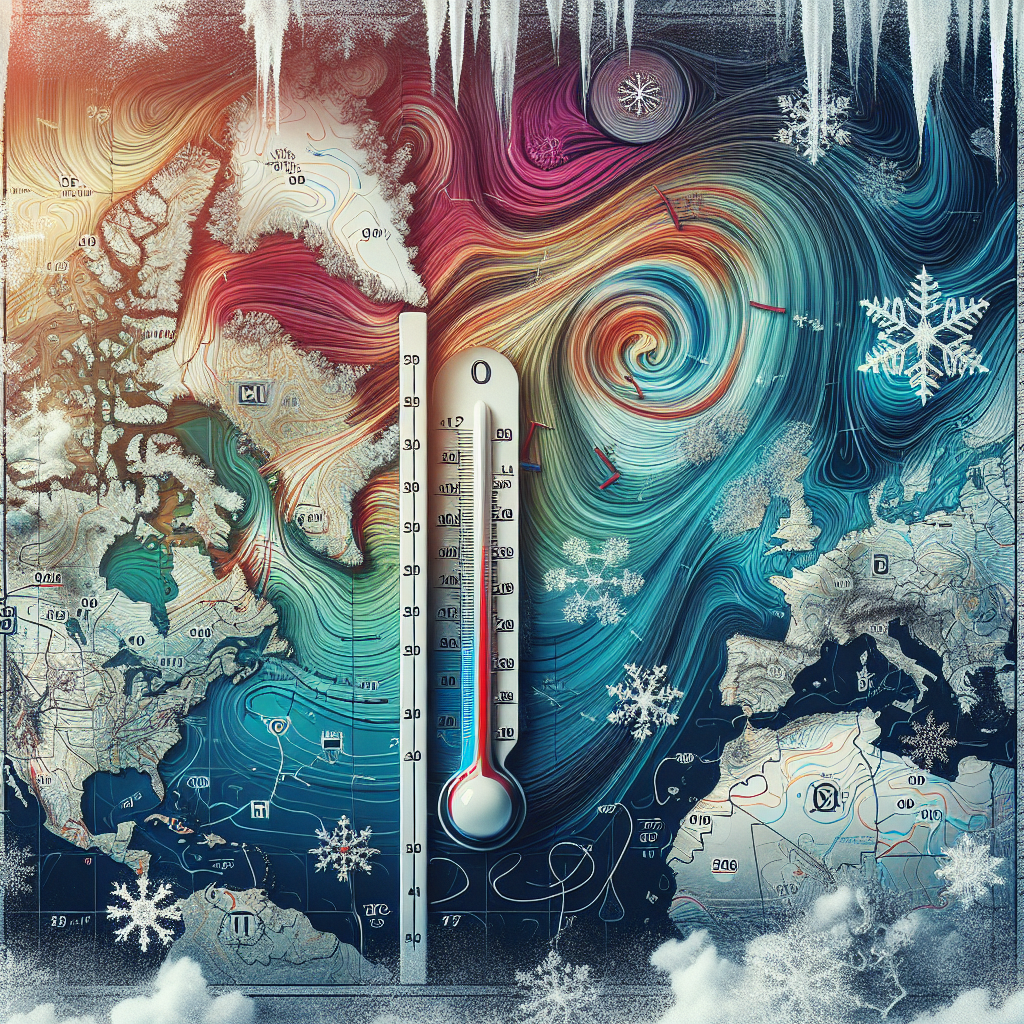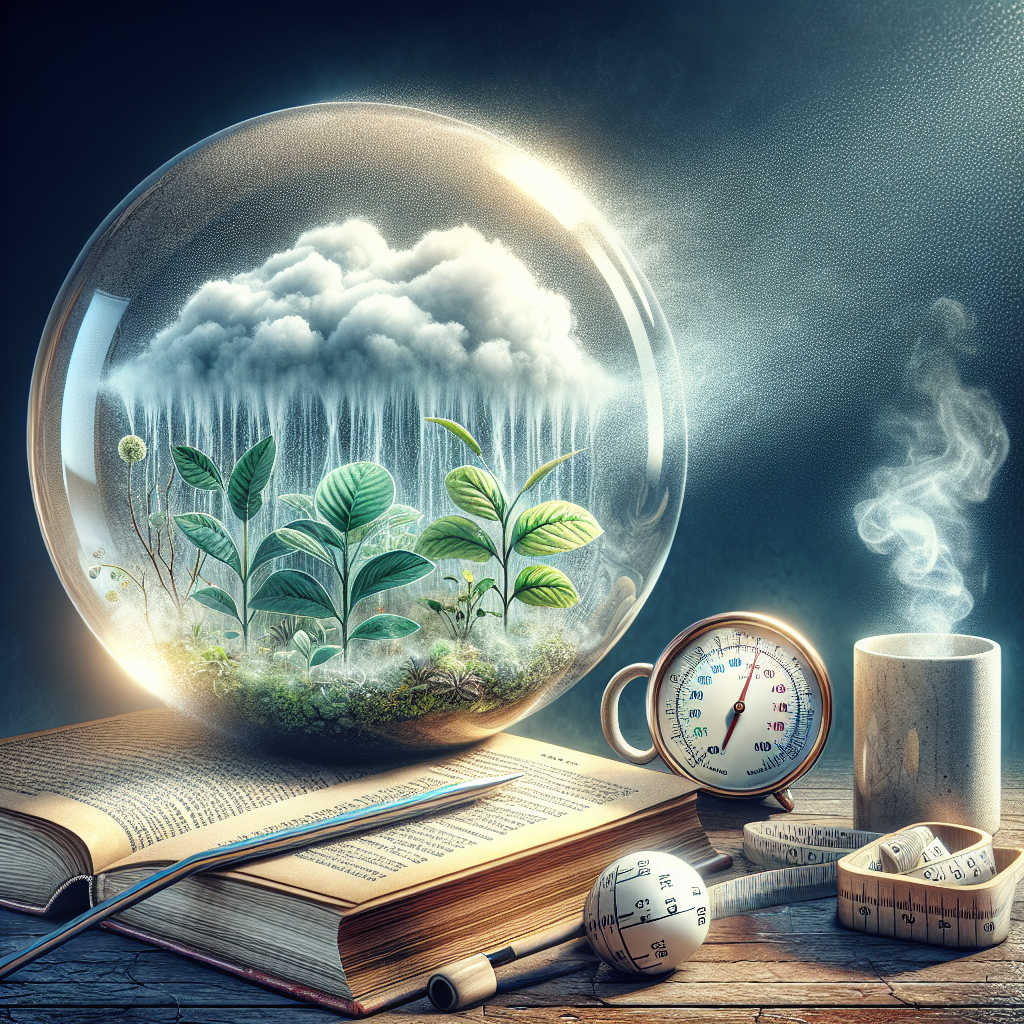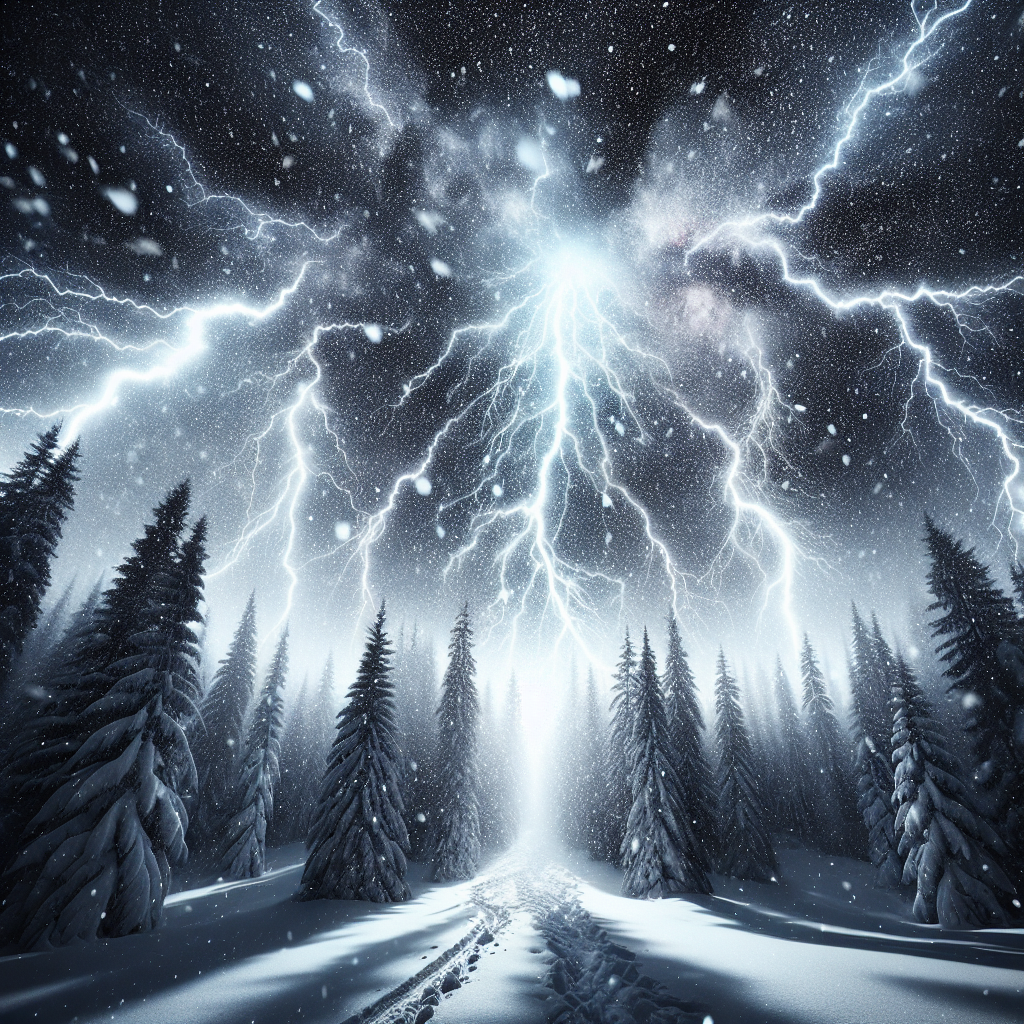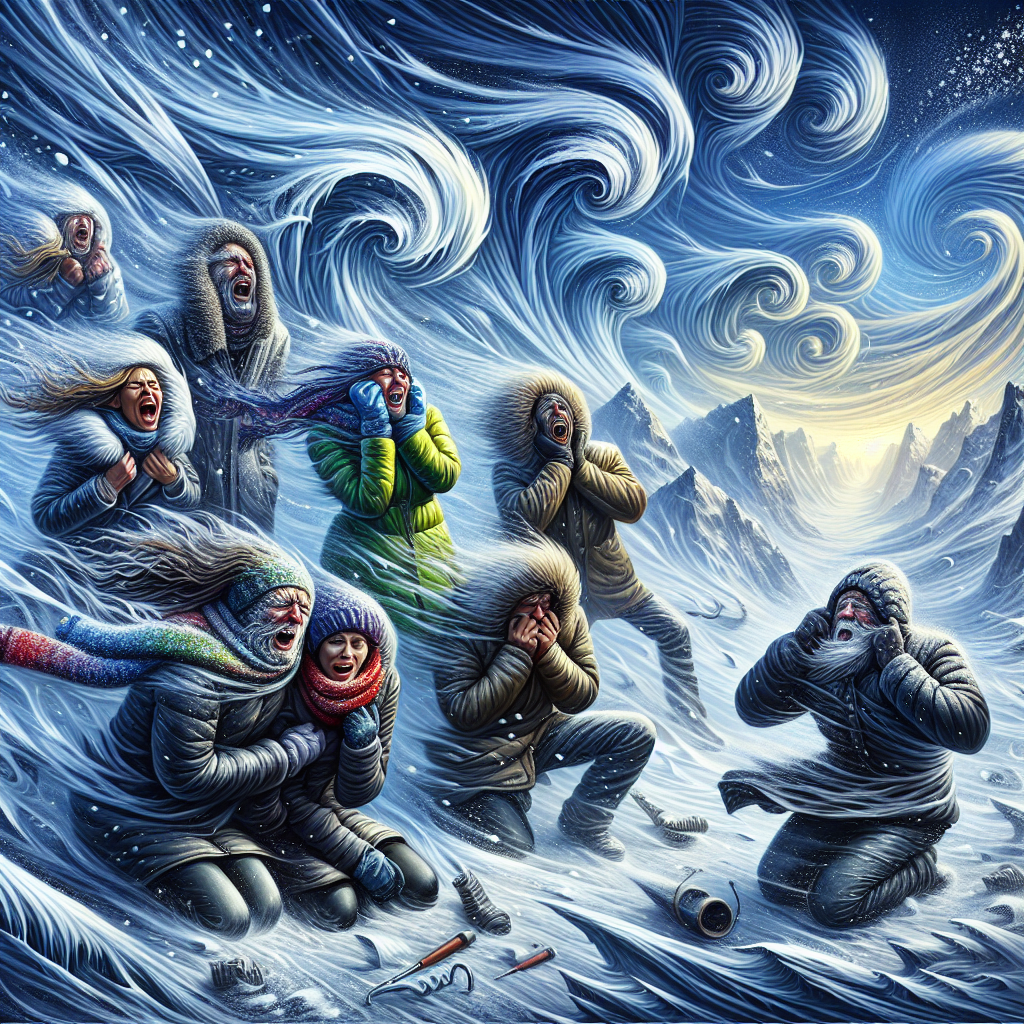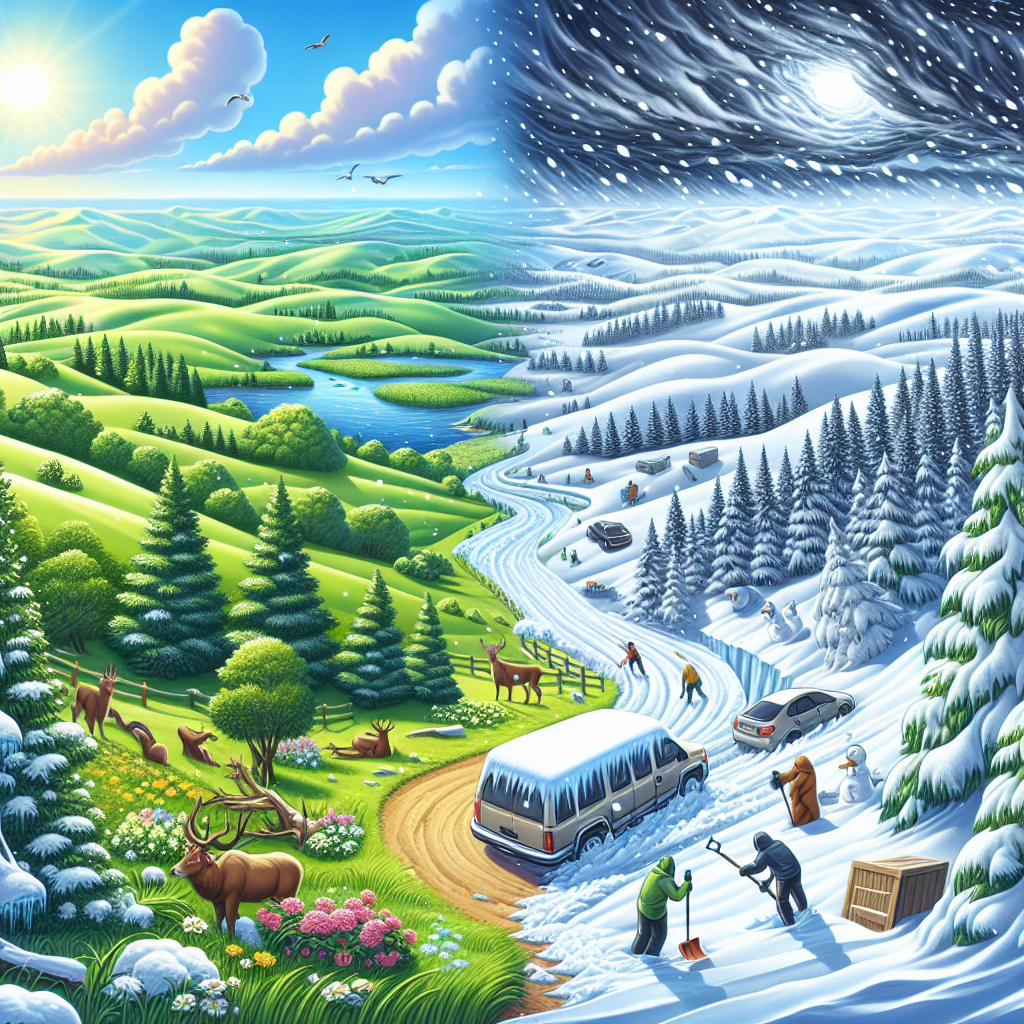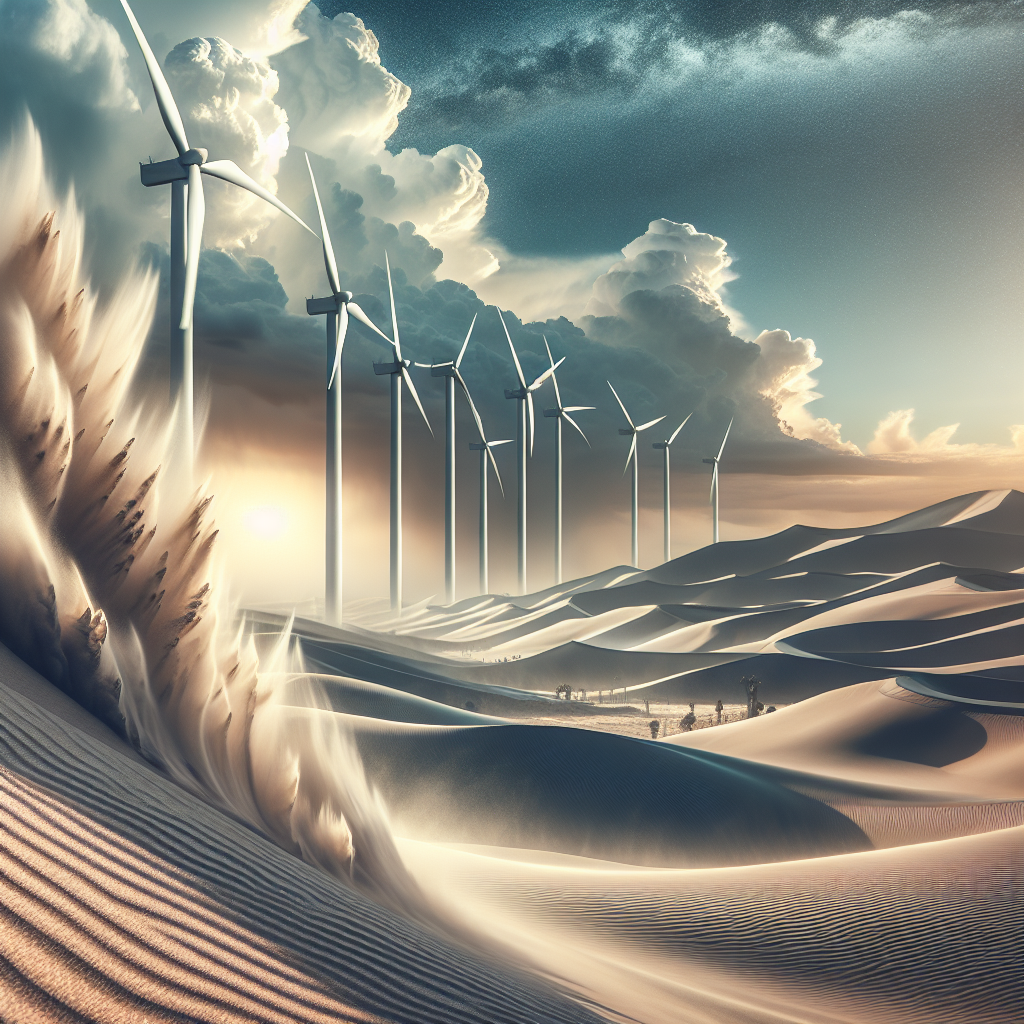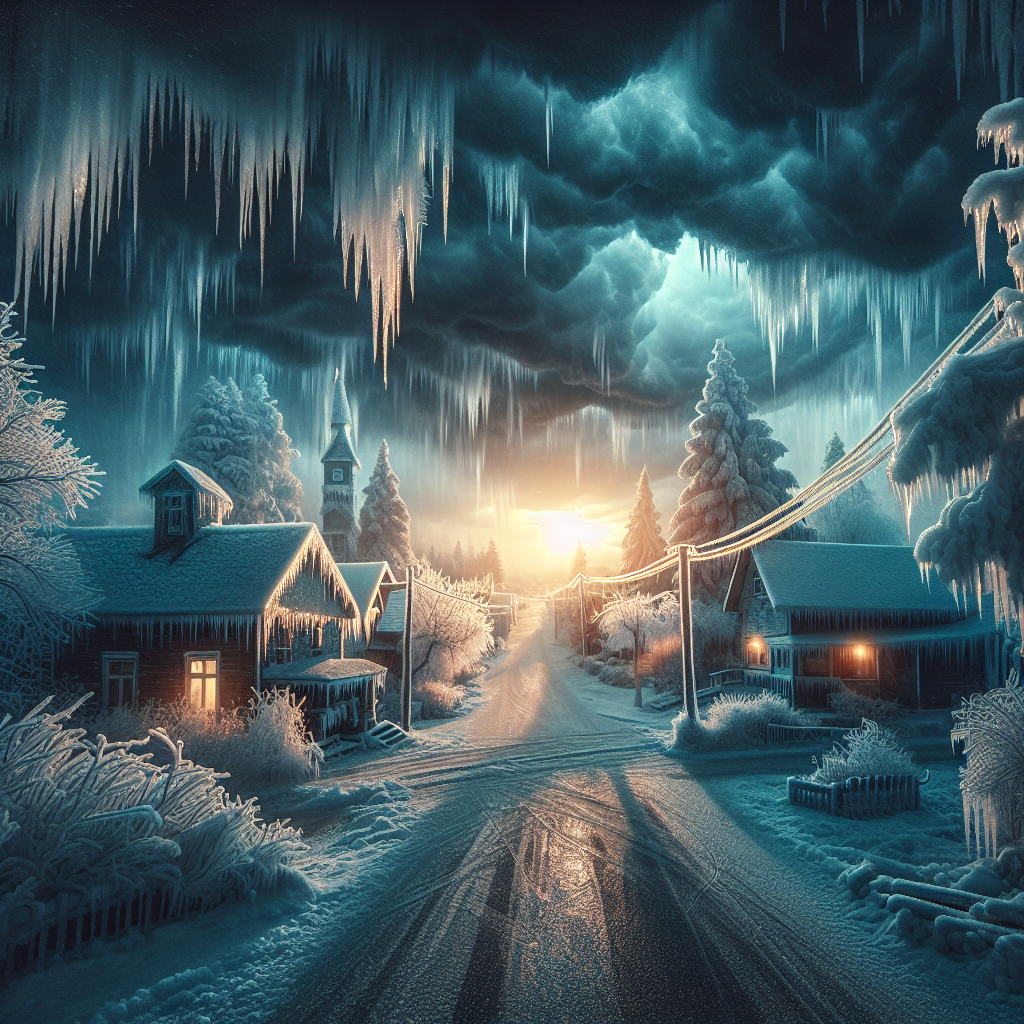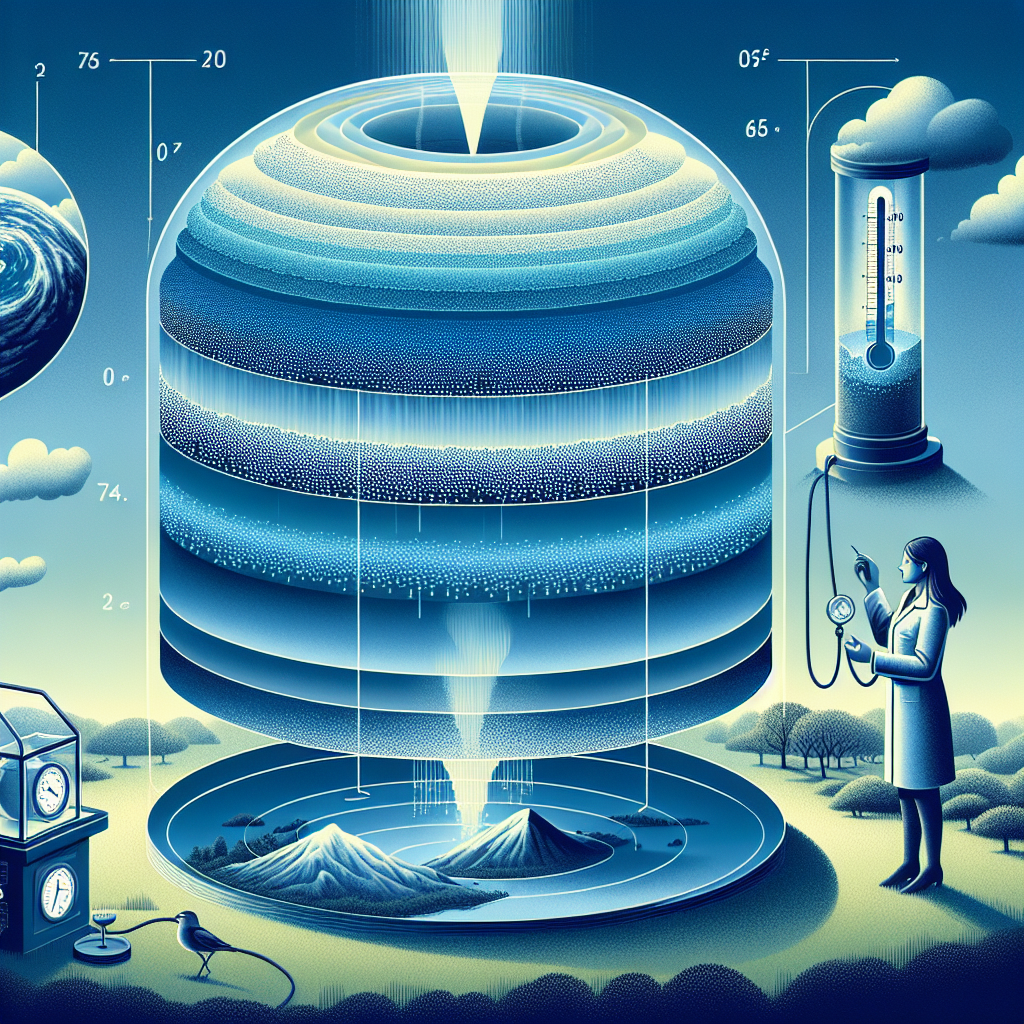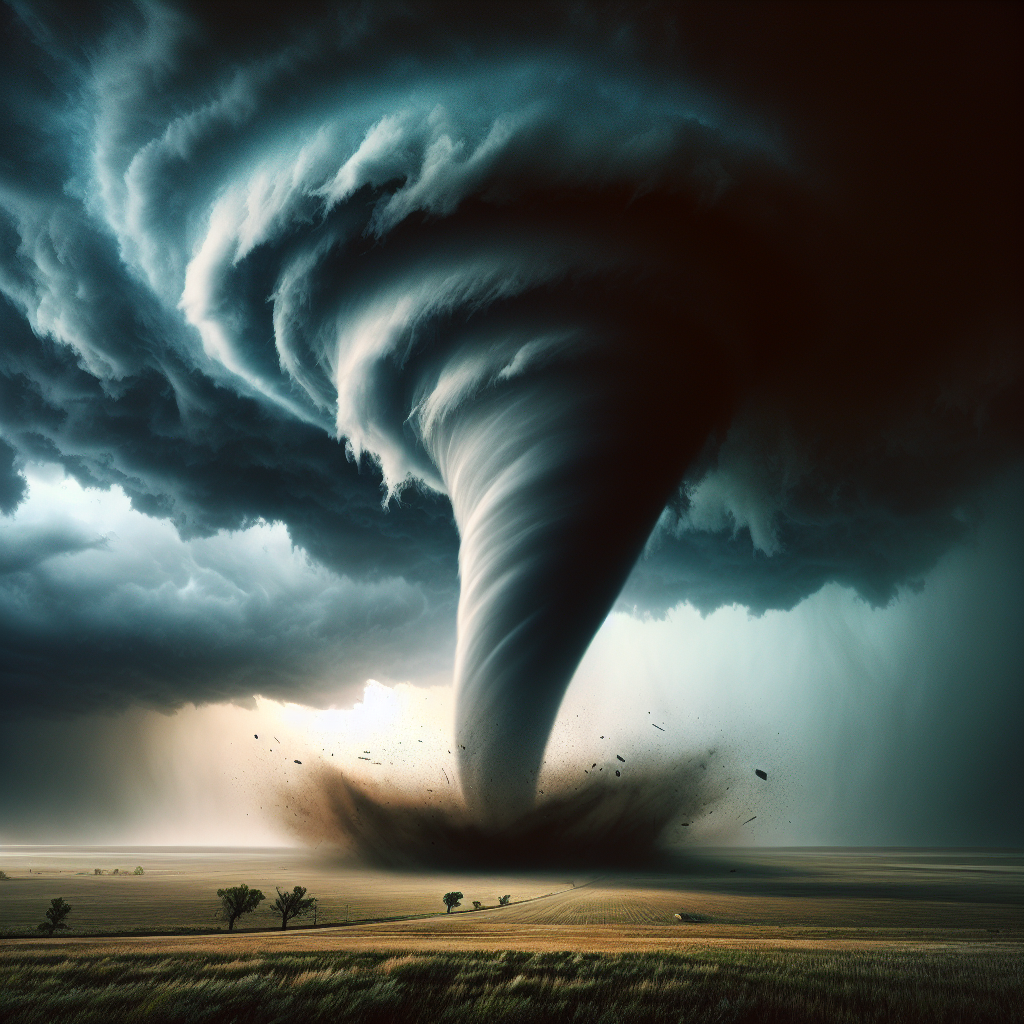The Formation of Snowflakes
Snowflakes are intricate and unique ice crystals formed when water vapor in the atmosphere freezes. The formation of a snowflake begins high up in the clouds, where the air is cold and humid. Under specific conditions, supercooled water droplets freeze onto tiny particles, known as ice nucleators, which can be dust, pollen, or sulfate aerosols. As the ice crystal captures water vapor from the air, it grows and develops the familiar symmetrical patterns that make snowflakes so enchanting.
The shape of a snowflake is influenced by various atmospheric factors, including temperature, humidity, and the rate of crystal growth. At warmer temperatures, around -2°C to -8°C, snowflakes tend to develop plate-like structures. Conversely, temperatures between -8°C and -12°C favor the formation of finely branched crystals known as dendrites.
Snowflake Symmetry and Geometry
One of the most fascinating aspects of snowflakes is their symmetry. The vast majority display a six-fold symmetry due to the molecular structure of ice. Water molecules arrange themselves in a hexagonal lattice when they freeze. This hexagonal symmetry results in the characteristic six arms of the snowflake, making each snowflake unique while adhering to basic geometric principles.
At a molecular level, the hydrogen bonds between water molecules create different crystalline structures, yielding the wide variety of shapes. Researchers categorize snowflakes into various types based on their specific formations, including plates, columns, needles, and dendrites. The beauty of snowflakes lies in this microscopic diversity, with no two snowflakes being identical.
Types of Snowflakes
Snowflakes can be classified into several distinct shapes, each exhibiting unique characteristics:
Plate Snowflakes: These are thin, flat, and often hexagonal, appearing as small discs. They typically form at higher temperatures and lower humidity.
Dendritic Snowflakes: The classic snowflake shape, dendrites have branching arms that create a complex, star-like appearance. They flourish in cold, humid conditions.
Column and Needle Snowflakes: These shapes are elongated and can appear as simple rods or more complex structures resembling needles. They usually form in colder temperatures.
Capped Columns: This hybrid shape is formed when a columnar snowflake is capped by a plate on both ends, creating a distinct appearance.
Fractal Snowflakes: Characterized by repeating patterns at different scales, these snowflakes demonstrate the beauty of fractal geometry in nature.
The Color of Snowflakes
While one might think of snowflakes as purely white, their color can vary significantly based on the way light interacts with the crystal structure. The color of snow is influenced by the size and shape of the snowflakes, as well as the surrounding environment. Clean, fresh snow reflects light more uniformly, giving it a bright white appearance. However, snowflakes can also appear blue or even pink depending on the impurities and the geometry of the crystals.
When snowflakes accumulate and form a blanket, they can scatter light, resulting in an iridescent or glittery effect under specific lighting conditions. This phenomenon is particularly breathtaking in sunsets or sunrises when the soft, golden light bathes the snow in stunning hues.
Snowflakes in Culture and Art
Throughout history, snowflakes have inspired various cultural meanings and artistic representations. They symbolize purity, beauty, and the ephemeral nature of life in literature and art. The famed American poet Ralph Waldo Emerson once stated, “The snowflake is a masterpiece of engineering,” highlighting the complexity and artistry found in each snowflake’s structure.
In art, snowflakes have been immortalized in numerous paintings, sculptures, and crafts. The beauty of snowflakes can be seen in winter festivities where they are crafted into decorations and ornaments, showcasing their intricate designs.
Additionally, snowflakes feature prominently in holiday lore and traditions. They signify winter’s arrival and play crucial roles in many festive narratives, serving as visual motifs in both folklore and modern media, from movies to illustrations.
The Science Behind Snowflakes: Research and Innovations
The study of snowflakes is more than just a seasonal interest; it is a field ripe with scientific inquiry, particularly in meteorology and climatology. Researchers analyze the crystalline structure of snowflakes to understand precipitation patterns, climate change, and the Earth’s atmosphere. Modern technology, including high-resolution photography and laser technology, allows scientists to capture the beauty of snowflakes in detail, leading to fascinating findings regarding their properties.
Photography and Snowflake Observation
Capturing snowflakes through photography requires meticulous techniques. Photographers often utilize macro lenses to emphasize the fine details of snowflakes, often photographing them on black backgrounds to enhance contrast and visibility. Proper lighting is crucial to showcase the intricate structures, and some photographers even use specialized equipment to freeze time, allowing for the clear observation of dynamic snowflake formations.
The Importance of Snowflakes in the Ecosystem
Beyond their aesthetic appeal, snowflakes play a vital role in Earth’s ecosystem. The accumulation of snow serves as an insulating layer, protecting soil and plant life from extreme cold. Snowpack is crucial for freshwater resources, as it melts in the spring and provides essential moisture for rivers and lakes.
Moreover, snowflakes affect plant life and animal behavior. For many species, the arrival of snow signals the time to hibernate or prepare for the harsher winter months. Observing how different ecosystems interact with snowfall contributes to our understanding of biodiversity and environmental sustainability.
The Future of Snowflake Research
As climate change continues to impact weather patterns worldwide, understanding snowflakes will become increasingly important. Researchers are exploring how changing temperatures and humidity levels affect snowflake formation. Observing trends in snowflake characteristics can provide valuable insights into broader environmental transformations, contributing to more effective strategies for predicting and mitigating climate change effects.
In summary, snowflakes represent not just unique forms of ice crystals but also a window into understanding nature’s beauty, complexity, and the delicate interplay within the Earth’s climate system. They inspire awe and fascination, reminding us of the intricate connections within our environment.






